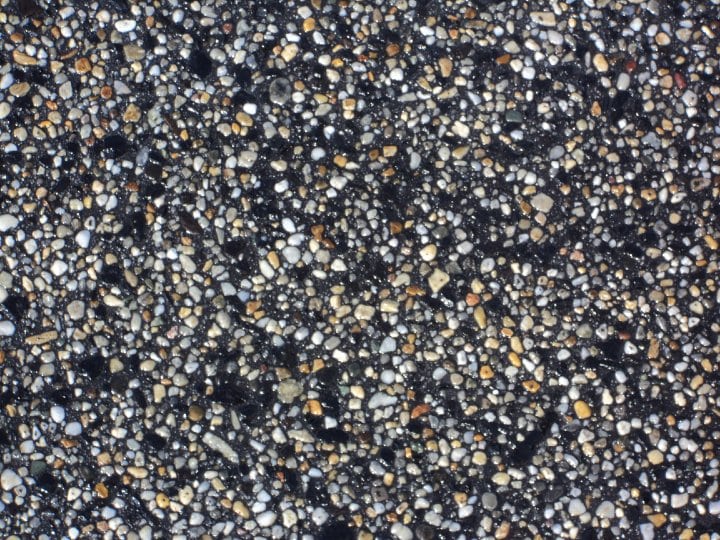What is concrete?
Concrete is a mixture made up of several components mixed together in different ratios depending on its use. The essential components for concrete are water, aggregate (rock, sand, or gravel) and powdered cement. Concrete can also play a role as a binding agent. With this, whenever concrete is mixed with water, it can aggregate and bind well.
Why does concrete have different grades?
The strength of the term grade concrete is basically the minimum strength that the concrete should possess at least after a period of 28 from the time of construction. These grades of concrete are then transferred into various mixtures of different proportions.
How is grade selected?
The grade of concrete construction is selected on a specific basis. There are different grades of mixtures used for different construction sites. There are two categories of concrete mixes. These two categories are famously called the Nominal mix and Design mix.
Nominal Concrete
When the word nominal is used it generally means that this particular concrete mix will be used for small-scale constructions. Any small structure where the concrete consumption level is comparatively low. The ratio of the water and cement is not mentioned when it comes to the nominal concrete mixes. This can be a small residential or commercial building with a small concrete consumption as well.
Nominal grades are: M5, M7.5, M10, M15, M20, M25
Design concrete
Design mix concrete, on the other hand, is quite the opposite of nominal mix concrete. Design mix concrete is obtained from various labs tests that carry out varied mix proportions.
The designed concrete mix is mixed according to the requirement of the construction site and the concrete strength, which is desired. And this is done in order to let the concrete do it desired job either in its fresh stage or in its harden stage.
The design concrete mix is used in large-scale constructions.
Design grades are: M30, M35, M40, M45, M50, M55, M60, M65, M70
Advantages of design concrete mix
There are certain advantages that go hand with design concrete mix, and they are the following.
- The proportions that are used are only of the desired amount- All the ingredients are used as desired
- The concrete mix has more quality in it- All the ingredients are tested for their quality individual. Quality ingredients lead to a quality product
- You are making the most advantage of all the raw materials available- Design mixing allows the sure of course aggregate and fine aggregate provided they are of good quality.
- The mixture of concrete should be cost-effective – In a nominal mix, the ratio of cement is more comparatively to increase the strength. This is not done is design concrete mixing.

